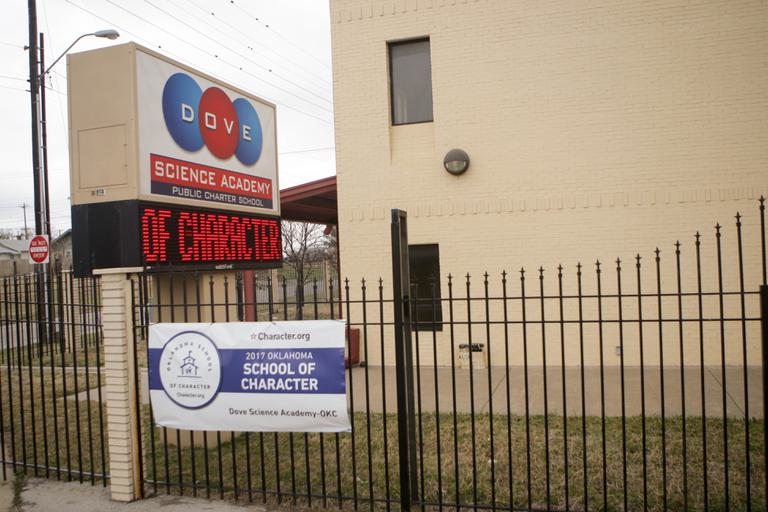
Education
Mike Brake | March 14, 2019
Study says Oklahoma charters can deliver more bang for the buck
Mike Brake
Top charter schools can deliver more learning per dollar spent, on average, than regular public schools, according to a new study by a former Oklahoma Secretary of Education.
Dr. Robert Sommers, of CF Educational Solutions LLC, studied spending and performance for traditional public schools and public charter schools for fiscal years 2014, 2015, and 2016. By comparing student achievement and per-pupil spending in each school, he isolated the 40 most cost-effective schools for each year.
For 2014, the six top performers were charter schools. For 2015, eight of the top nine were charters. In 2016, seven of the top 10 schools were charters.
Sommers stressed that not every charter school is automatically a top performer. But those that are tend to deliver more learning, as measured by student performance on state achievement tests, per dollars spent than their traditional district school peers.
“Charter schools in Oklahoma tend to spend about $2,000 less per pupil than regular public schools because they do not receive ad valorem tax revenue,” Sommers said. In addition, charters tend to be located in urban settings where poverty rates are higher. Finally, students who transfer to charter schools often have spotty or troubled academic backgrounds. All those factors would suggest that learning outcomes for dollars spent might be worse in charter schools, but the Sommers study suggests the opposite.
Sommers awarded what he called “student success points” for performance on achievement tests. Students testing at advanced levels earned 1.2 points. Those at proficient levels were awarded 1 point. Those testing as limited received only 0.3 points, while those students testing unsatisfactory received no score at all.
He then applied a poverty multiplier, boosting scores for each student listed as from a family below the poverty level. Hence, 100 students testing proficient would earn 100 points, and if half were impoverished, the school would receive a total of 150 student success points.
Overall, about two-thirds of all students in both regular and charter schools scored at proficient level or better in the three studied years, but the charter schools tended to be more cost effective in delivering those results.
That was determined when Sommers examined district per-pupil spending data to determine the cost effectiveness of those student success scores. The resulting data point he calls a Kalmus ratio, which is the total dollars spent per pupil divided by the total student success points, adjusted for poverty data.
For 2014, KIPP Reach Charter School in Oklahoma City ranked number one in the state with a poverty-adjusted cost-effectiveness number of $2,447. Independence Middle Charter School in Oklahoma City was the 2015 state leader, at $2,232. Liberty Public Schools, a traditional public school, ranked first for 2016 at $1,685.
“The top 40 each year included many top-performing charter schools and many high-performing regular public schools as well,” Sommers said, noting that charter status was not a sole predictor of cost effectiveness. “There are other factors including school leadership or a focus on cost effectiveness. You can safely say that something good is going on in all of those top 40 schools.”
He also noted that there is a limit to comparative cost efficiency data.
“You can get too cheap,” he said. “Also, what would the comparable performance be if those high-performing charter schools were funded at the same level as their regular school peers?”
Sommers served as Oklahoma Secretary of Education and director of the state Career Tech system in 2013 and 2014.
Mike Brake
Independent Journalist
Mike Brake is a journalist and writer who recently authored a centennial history of Putnam City Schools. A former reporter at The Oklahoman (his coverage of the moon landing earned a front-page byline on July 21, 1969), he served as chief writer for Gov. Frank Keating and for Lt. Gov. and Congresswoman Mary Fallin. He has also served as an adjunct instructor at OSU-OKC, and currently serves as public information officer for Oklahoma County Commissioner Brian Maughan.